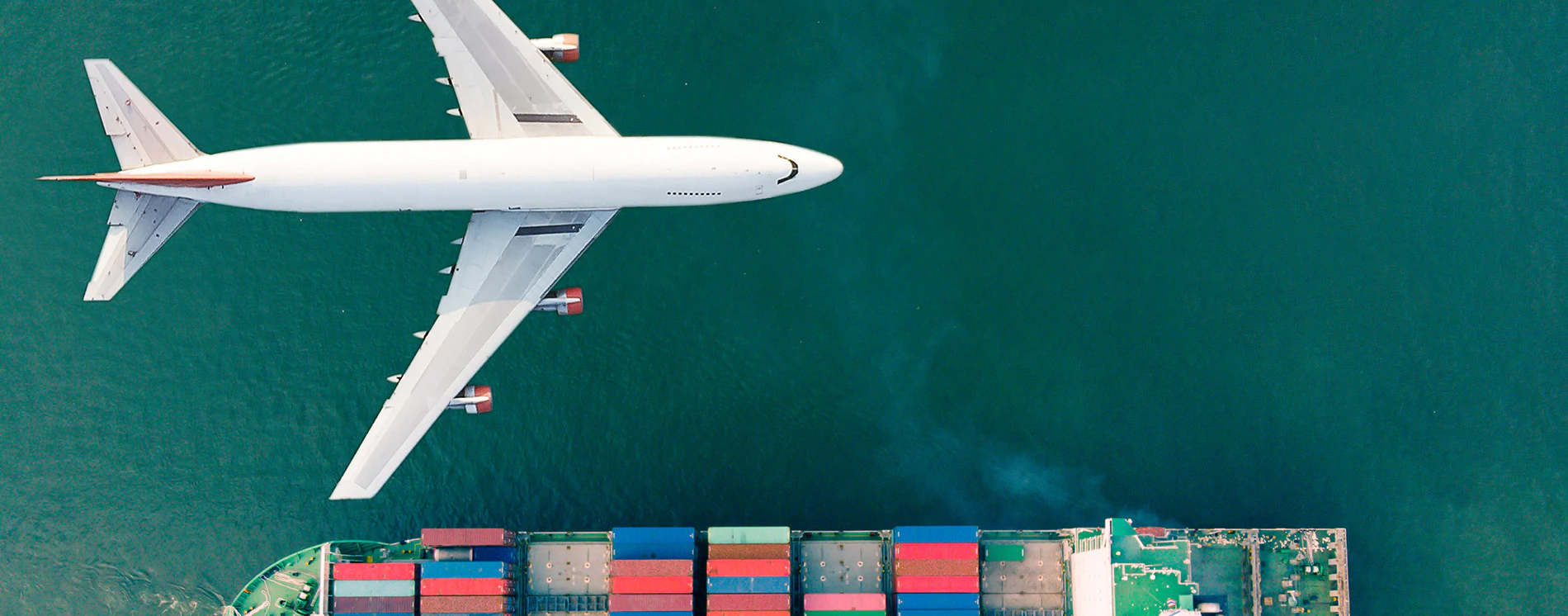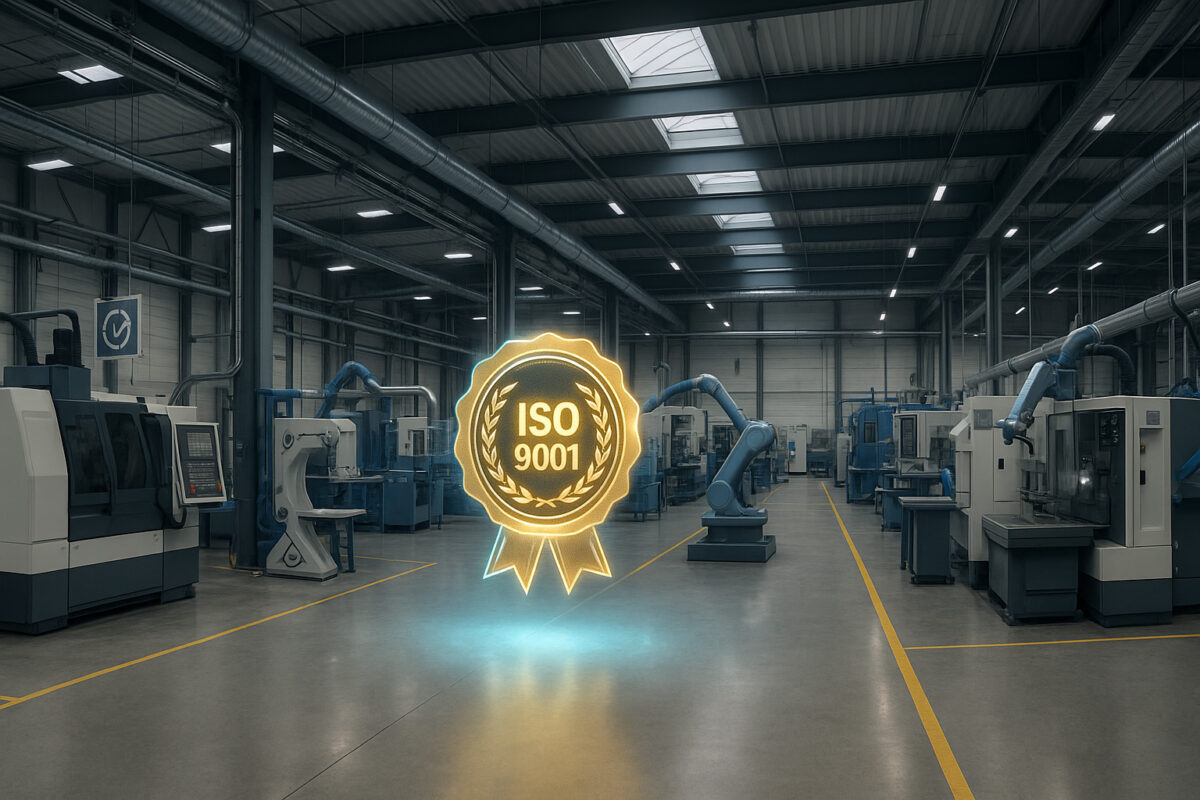
Why is it important to choose the right container size?
Choosing the right container size is a way to optimize costs and efficiency when transporting goods. A container that is too large leads to unnecessary expenses because you’re paying for unused space. On the other hand, a container that is too small may not fit all of your products, which means you’ll need to invest in a second container and increase your logistics costs in the process. Choosing the appropriate container dimensions also ensures the safety of your goods during transport.
Different Sizes of Shipping Containers
Standard containers are the most commonly used. They come in two main sizes: the 20-foot container and the 40-foot container. However, there is also a model with greater height: the high cube (HQ) container. Let’s explore the features of each model!
20-foot Container: A Compact and Sturdy Solution
The 20-foot container is one of the most widely used formats for transporting and storing goods. It measures 6.06 meters long, 2.44 meters wide, and 2.59 meters high. Its interior surface area is 14.7 square meters, with an internal volume of 33.1 cubic meters. This type of container is particularly suited for small shipments or heavy goods due to its robust design.
40-foot Container: Optimal Capacity for Bulky Shipments
The 40-foot container is an elongated version of the 20-foot container, measuring 12.19 meters in length while maintaining the same width and height as the 20-foot model. It offers an interior surface area of 29 square meters and an internal volume of 76.35 cubic meters. This container is ideal for transporting bulky, but relatively light goods, thanks to the optimization of its size-to-volume ratio.
High Cube Containers: Extra Height for Greater Capacity
High cube containers stand out from standard containers due to their additional height. They measure 2.89 meters tall, which is 30 centimeters more than standard containers. This extra height increases their storage capacity, particularly for goods that require more vertical space.
How to Choose the Right Container Type: Our Tips
To select the right container dimensions, you must consider three key factors: the type of goods to be transported, the total weight of your shipment, and the available space before and after transport.
Type of Goods to Transport
The type of goods you need to transport is the first factor to consider when choosing your container. For example, for the storage and transport of perishable products such as food or medicines, we recommend opting for a refrigerated container (or reefer). For bulky goods or those requiring top loading, an open top container would be more appropriate. However, if you are transporting standard goods (spare parts, textiles, etc.), a standard 20-foot or 40-foot container will suffice.
Maximum Allowable Weight
Each container has a weight limit that must not be exceeded for safety reasons. The 20-foot container is typically used for heavy, but smaller volume loads, and can be loaded up to a maximum weight of 28 tons. The 40-foot container is more suitable for transporting larger, lighter loads, and can support a total weight of 29 tons. Make sure to properly assess your weight requirements to ensure you do not exceed the prescribed limits.
Available Space
Check the available space at the loading site, unloading site, and within transport vehicles. If space is limited, it’s best to opt for a 20-foot container as it requires less space for maneuvering. If you have enough space, a 40-foot container or a high cube container will provide greater storage capacity without significantly increasing your transport costs.
Mastering Different Container Dimensions: A Must for Maritime Trade
Choosing the right container size is essential for optimizing the costs and efficiency of your maritime transport operations. You need to match the container size to the nature of your goods, their weight, and the available space to avoid unnecessary expenses and ensure the safety of your products.
As you can see, a well-sized container is an effective solution for optimizing the profitability and fluidity of your commercial activities.
In conclusion, choosing the right container dimensions should not be a headache for you. At MWT, we handle the entire logistics process, from container selection to load management, providing precise recommendations to optimize available space. Although containers are never filled to 100%, our goal is to get as close as possible to this ideal, reducing unused space and optimizing your transport costs. With our expertise, you can be sure that your goods will be transported in the best conditions, without having to worry about the details. MWT takes care of everything to ensure an efficient and cost-effective transport.








